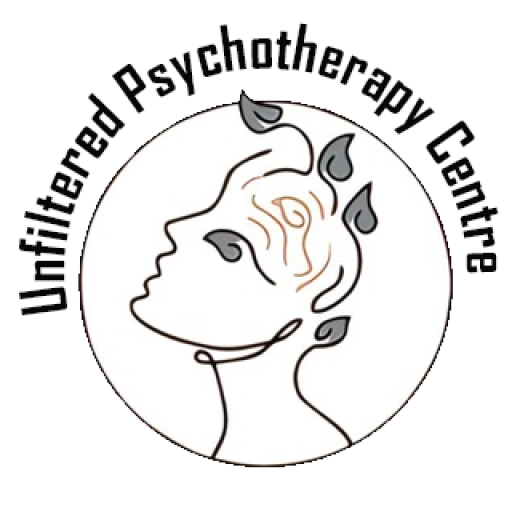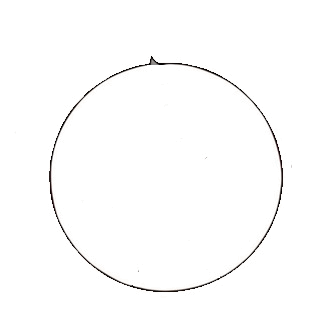Introduction:
In a world saturated with constant stimuli, from the allure of social media to the relentless pursuit of productivity, the concept of a dopamine detox has emerged as a beacon of hope for those seeking a respite from the overwhelming demands of modern life. Dopamine, often referred to as the “feel-good” neurotransmitter, plays a crucial role in our brain’s reward system. However, the constant bombardment of stimuli can lead to desensitization, potentially contributing to a sense of dissatisfaction and restlessness. Enter the dopamine detox, a practice aimed at resetting our brains and rediscovering the joy in life’s simple pleasures.
Understanding Dopamine:
Dopamine is a neurotransmitter that plays a central role in the brain’s reward system. It is released in response to pleasurable activities, reinforcing the brain’s association with those activities. However, the modern world offers an abundance of easily accessible rewards, ranging from the instant gratification of social media likes to the quick fixes provided by caffeine and sugary snacks. This constant stimulation can lead to a reduced sensitivity to dopamine, making it harder to find satisfaction in everyday experiences.
The Dopamine Detox Concept:
A dopamine detox is not about eliminating dopamine entirely; rather, it involves a strategic reduction of activities that trigger excessive dopamine release. The goal is to recalibrate the brain’s reward system, allowing individuals to find joy in activities that may have been overshadowed by more instantly gratifying pursuits.
Key Components of Dopamine Detox:
1.Digital Detox: Limiting or temporarily eliminating the use of smartphones, social media, and other digital devices helps break the cycle of instant gratification and fosters a deeper connection with the present moment.
2.Reducing Stimulants: Cutting back on stimulants such as caffeine and sugary foods can contribute to a more stable and regulated release of dopamine, preventing the highs and lows associated with these substances.
3.Mindfulness and Meditation: Engaging in mindfulness practices and meditation allows individuals to develop a heightened awareness of their thoughts and feelings. This can lead to a greater appreciation for the present moment and a reduced reliance on external stimuli for happiness.
4.Connecting with Nature: Spending time in nature provides a natural and rejuvenating environment that contrasts with the overstimulation of urban life. It encourages a sense of calm and wonder, allowing for a reset of the mind.
5.Engaging in Low-Stimulation Activities: Rediscovering the joy in activities that require patience and effort, such as reading, gardening, or artistic pursuits, can be immensely rewarding during a dopamine detox.
Benefits of Dopamine Detox:
- Improved Focus and Productivity: By reducing the constant distractions and sources of instant gratification, individuals often find an enhanced ability to focus on tasks and achieve a higher level of productivity.
- Enhanced Well-Being: A dopamine detox can lead to a more balanced emotional state, reducing feelings of anxiety and restlessness while fostering a deeper sense of contentment.
- Increased Creativity: Breaking free from the monotony of routine and overstimulation can stimulate creativity, allowing individuals to explore new ideas and perspectives.
Conclusion: In a world where the pursuit of pleasure is often instantaneous and fleeting, the practice of a dopamine detox offers a counterbalance — a deliberate step back to appreciate life’s subtleties. By embracing moments of quietude and reconnecting with the world around us, individuals can rediscover a profound sense of fulfillment and joy that extends beyond the transient highs of instant gratification. The art of dopamine detox is an invitation to savor the richness of life and cultivate a more mindful, purposeful existence.

